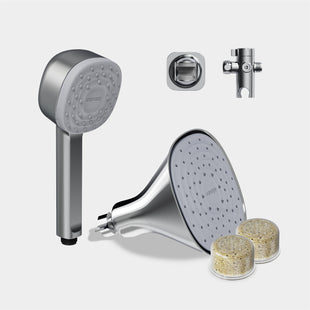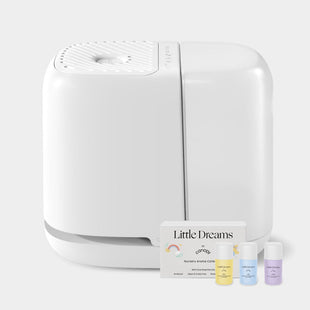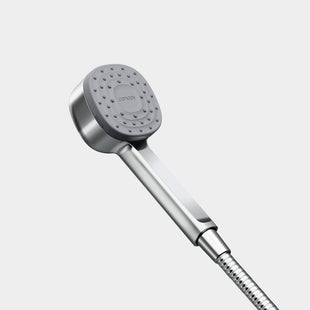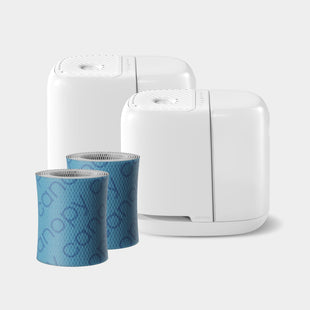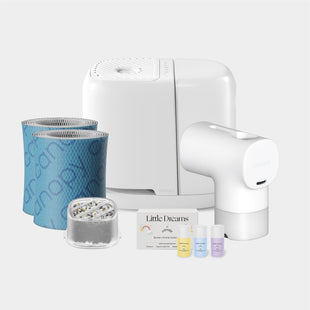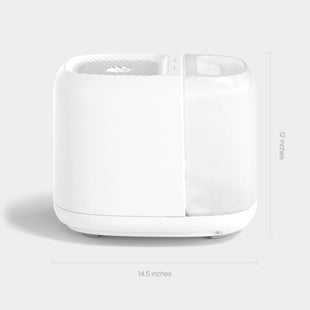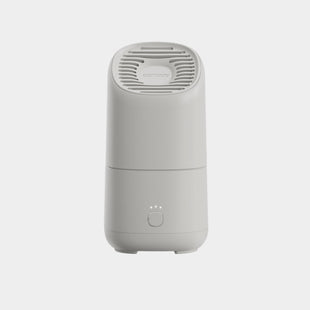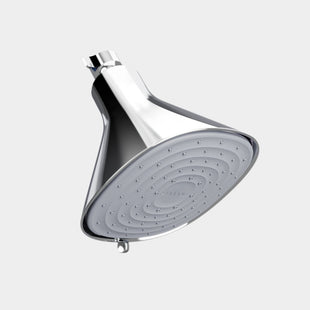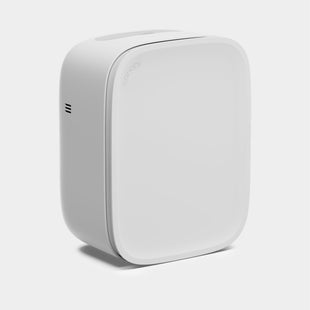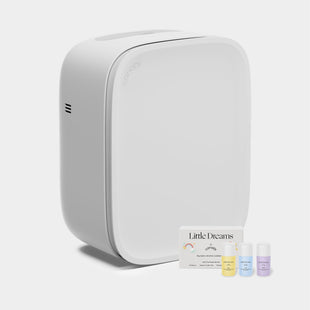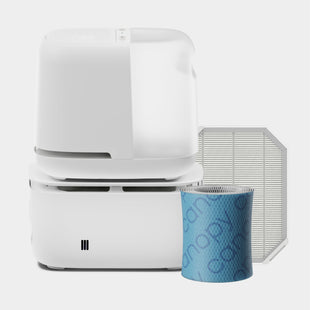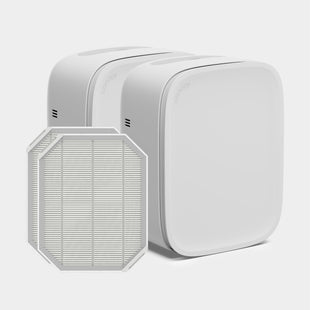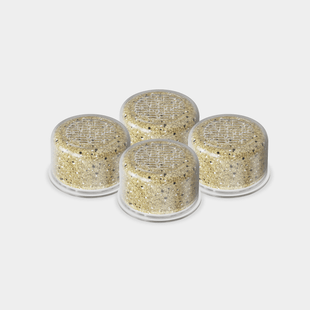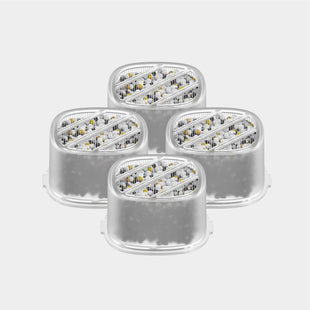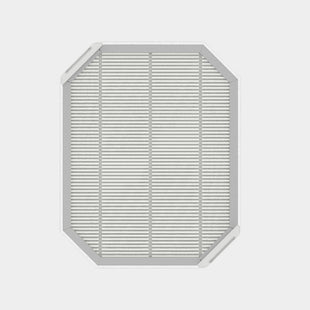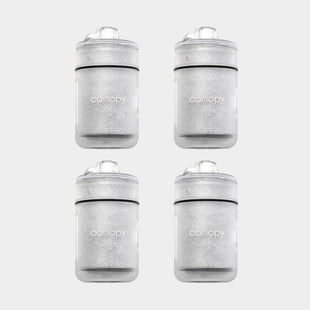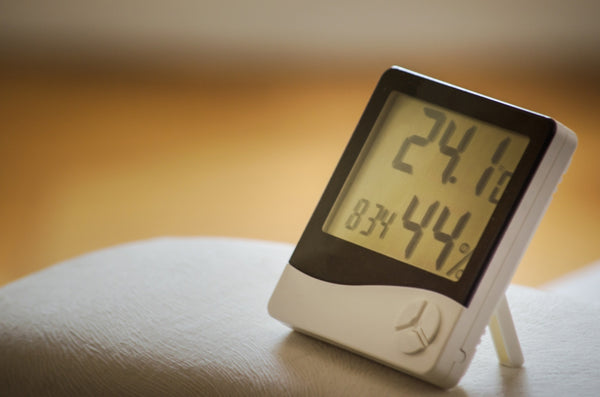Humidity is a lot like the wind: you can feel it, but you cannot see it. Whether we are cognizant of it, or not, humidity levels affect our body, our home, our plants, and so much more.
A hygrometer is a tool used to measure humidity levels. But, what exactly is a hygrometer? Are there different types of hygrometers? How can I use a hygrometer in my everyday life?
First, Let’s Define Humidity

Before we can effectively explain the function of a hygrometer, we must first define humidity.
Humidity is the concentration of water vapor in the atmosphere.
If you are a kinetic learner, this description of humidity may be helpful: imagine you are on a tropical island, or the midwest in early September. You are standing outside with short sleeves. You feel your arms start to accumulate moisture, like sweat, just sitting on the surface of your skin. That is humidity. Now, imagine you are trudging through the snow in a parka jacket, scarf, beanie, and mittens. No matter how covered you are, your nose, lips, and any surface of exposed skin feels chapped and inflamed by the freezing temperatures and dry wind. That is the lack of humidity.
There are two major measurements of humidity: absolute humidity and relative humidity. Absolute humidity measures the total amount of water vapor present in an air sample, regardless of temperature. Relative humidity, on the other hand, is the total amount of water vapor present in an air sample compared to the maximum amount of water vapor that could be held at a specific temperature.
Relative humidity is more frequently used as the method of measuring humidity levels since it determines how you feel with the present humidity levels. If the relative humidity level is 50% on a 90 degree day, that would be bearable. If the relative humidity level is 80% on a 90 degree day, it would probably be best to spend most of the day inside.
What is a Hygrometer?
Now that you understand humidity conceptually, including absolute and relative humidity, we can move on to measuring humidity.
What is a hygrometer and how does it measure humidity levels?
The word “hygrometer” is Greek in origin with a root word “hygros,” which means wet or moist. A hygrometer measures the relative humidity of a particular space, whether indoors or outdoors.
The first or the “OG” of hygrometers was developed in the 1400’s by none other than Leonardo da Vinci (what can’t he do?). While da Vinci’s design was revolutionary at the time, the hygrometer has braved many transformative redesigns and reimaginings over the past 600 years to produce what we now identify as a hygrometer.
Types of Hygrometers
How a hygrometer functions is entirely based on the type of humidifier. The main categories of hygrometers include: mechanical hygrometers, psychrometers, and electronic hygrometers.
Obviously, the most popular type of humidifier used in homes and businesses today is the electronic hygrometer. While the mechanical hygrometer and psychrometer may seem archaic in comparison to the instantaneous results provided by a digital hygrometer, as we discuss each type of hygrometer, we reveal a slightly different piece of the humidity reading puzzle.
The Mechanical Hygrometer
The origin of the mechanical hygrometer can be traced back to the Swiss physicist Horace Bénédict de Saussure in the late eighteenth century who used, shockingly, human hair to measure moisture content in the air. This most certainly needs an explanation.
Hair is hygroscopic, which is a fancy word that means your hair can retain moisture. We are fairly certain you have experienced the volume-inducing effect humidity has on your hair, though “voluminous” is not the identifying word we would use to describe such an occurrence. Moreover, when humidity levels plummet, hair tends to stick to the side of your face resembling a horrifying scene from The Ring.
In this hygrometer model, a strand of hair is held by a spring to create slight tension. The spring is connected to a needle gauge, which produces the level of humidity in the air based on the natural movement of the hair strand.
The Psychrometer
The psychrometer is not, in fact, the sequel to Christian Bale’s American Psycho circa 2000. A psychrometer, otherwise known as the “wet-dry bulb thermometer,” is an invention by John Leonard Schwartz in 1930 used to monitor humidity levels in a slightly more sophisticated manner than the mechanical hygrometer.
The psychrometer features two thermometers side-by-side. One thermometer is a “dry” thermometer measuring temperature while the other thermometer is a “wet” thermometer immersed in a bulb of liquid.
Low levels of atmospheric moisture cause evaporation and, subsequently, loss of heat from the wet thermometer. As a result, the wet thermometer will read lower than the dry thermometer since the wet thermometer loses heat through evaporation and the dry thermometer remains constant (i.e. it is not wet). How much evaporation takes place with the wet thermometer depends on the moisture level of the air. More moisture in the air = less evaporation; less moisture in the air = more evaporation.
Calculating the difference between the thermometers will produce relative humidity levels.
Electronic Hygrometers
The electronic hygrometer is the most modern physical hygrometer design available on the market. Electronic hygrometers provide instant digital humidity readings by monitoring either capacitance or resistance of an air sample.
While the details of both capacitive and resistive hygrometer operations sound a bit like something out of an episode of Bill Nye the Science Guy, the gist is (relatively) simple. Capacitive hygrometers monitor the capacity of electrical charge triggered by changes in moisture content while resistive hygrometers monitor resistance levels sparked by changes in moisture content.
Unless you plan to disassemble an electronic hygrometer and study the internal parts, there is no need to understand the specific functionality of electronic hygrometers. *Deep breath.*
Hygrometer Apps
It feels almost inappropriate in the 21st Century to refrain from mentioning phone applications. Indeed, there are applications available on your mobile device that can monitor humidity levels in either your general geographical location or your immediate location.
Galaxy Sensors, available on Samsung Galaxy phones exclusively, monitors humidity levels (light intensity, atmospheric pressure, and altitude) within a 5% error margin.
Accuweather is one of the most popular weather applications with a reputation of providing the most accurate local weather data. Accuweather offers humidity and wind predictions as well as allergy and air quality data.
Hygrometer Uses

The most obvious use for a hygrometer is to measure the humidity levels indoors or outdoors, whether inspired by curiosity or to plan your wardrobe for the day’s activities. Hygrometers are surprisingly more layered in their provisions; there are a handful of ways to use a hygrometer in your everyday life, which include:
-
Prevent mold and mildew development in bathrooms, kitchens, and and “wet” locations
-
Prevent mold and mildew development in a home gym or sauna
-
Prevent physical ailments from dry air including: sore throat, congestion, dry skin, watery eyes, and more.
-
Improve congestion and breathing in infants in small children
-
Improve the health of wood furnishings, wood decor, wood accents, wood musical instruments, and more.
-
Preserve the life span of antiques and old books that have begun the deterioration process
-
Maintain a healthy environment for indoor or greenhouse houseplants to thrive
-
Preserve the quality of wine in your wine cellar
-
Preserve storage boxes in either a storage unit or a garage space
-
Improve workplace productivity by regulating humidity levels
Humidity levels play a pivotal role in our day-to-day lives, whether we monitor relative humidity or we simply feel the presence or lack of humidity. A hygrometer is a useful tool to keep in your home or in your toolbox for regular humidity readings. Or, if you have a young child interested in science, you can make your own pinecone hygrometer and even a hygrometer with a strand of hair!

